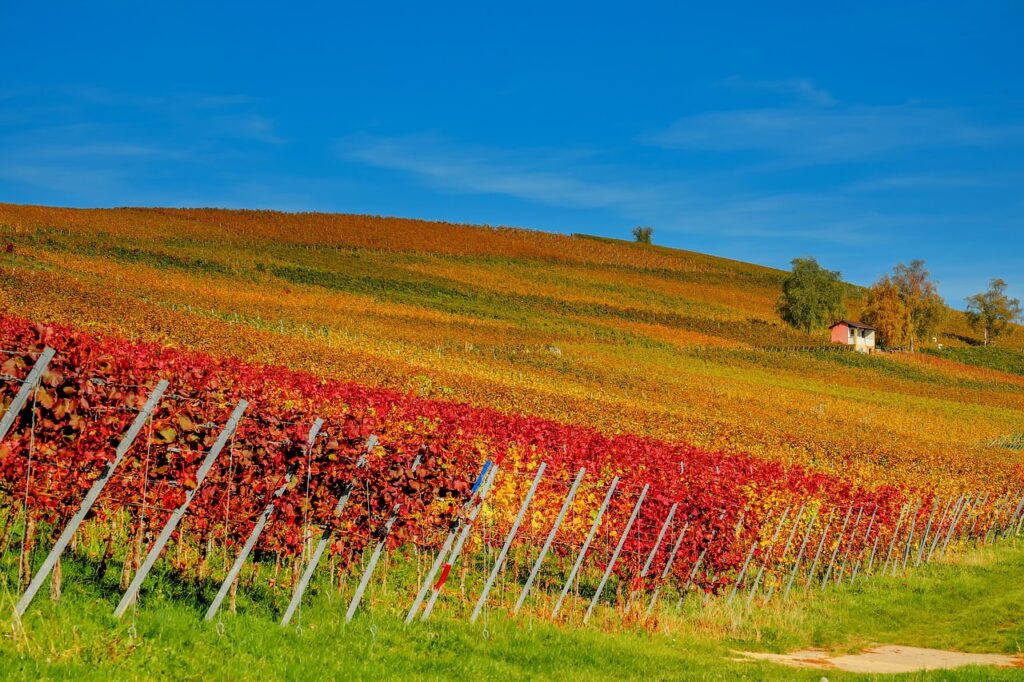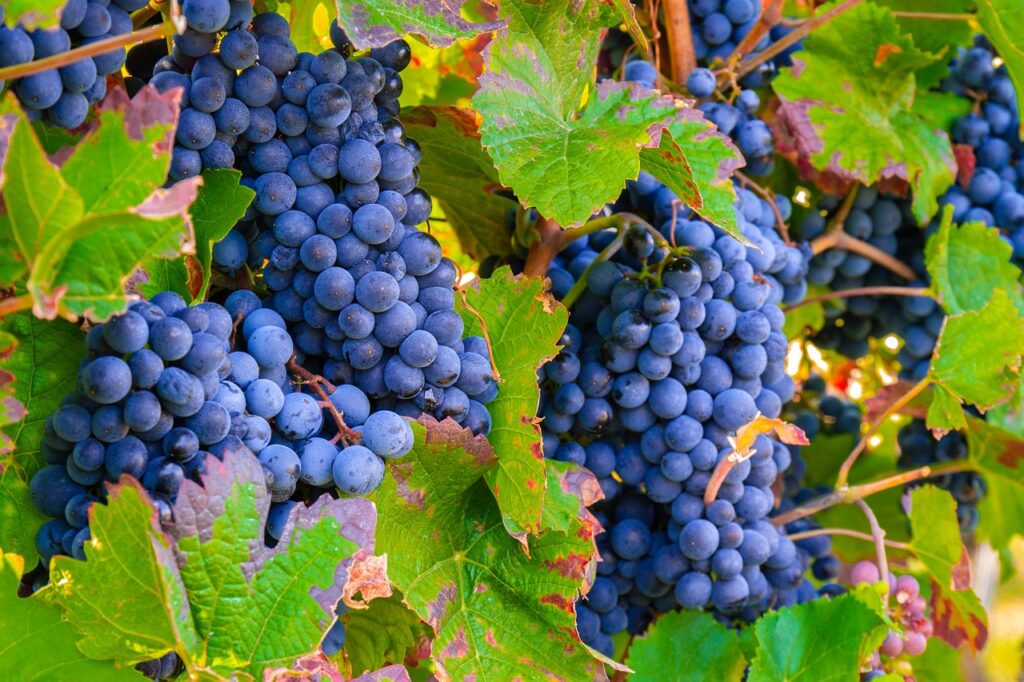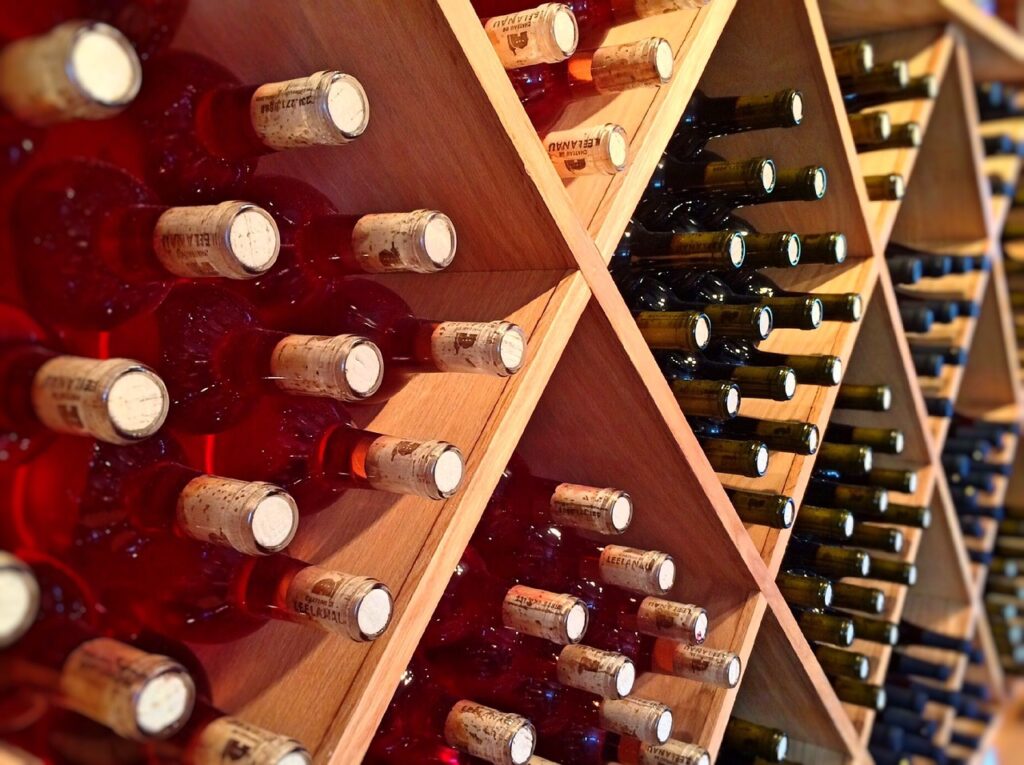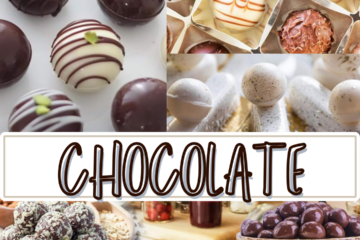A Comprehensive Guide to Wine Types and Proper Wine Care
Wine is more than just a beverage; it’s a journey that takes you across regions, cultures, and flavors. From the bold reds of Bordeaux to the delicate whites of Burgundy, the world of wine is vast and captivating. However, to truly appreciate the nuances and complexities of different wines, it’s essential to understand their characteristics and how to care for them properly. We will delve into the various types of wines and provide insights on how to care for wines to ensure they age gracefully and continue to delight your senses.

Types of Wines
- Red Wines
- Cabernet Sauvignon: Cabernet Sauvignon is a bold and powerful red wine known for its intense flavors and aging potential. Originating from Bordeaux, France, it’s now grown in many wine regions around the world. This wine typically boasts a deep red color and is characterized by its prominent blackcurrant and dark berry notes. It often carries hints of tobacco, cedar, and sometimes even green bell pepper, giving it a complex aroma. The tannins in Cabernet Sauvignon wines provide structure and astringency, making them suitable for aging. Pair this wine with hearty dishes like grilled steaks, lamb chops, or aged cheeses.
- Merlot: Merlot is a softer and more approachable red wine with a smooth texture and flavors of ripe red fruits such as cherry and plum. Hailing from Bordeaux as well, it’s often used as a blending grape to soften the tannins in Cabernet Sauvignon-based wines. Merlot wines can vary widely in style, from light and fruity to rich and full-bodied, depending on the region and winemaking techniques. Due to its versatility, Merlot pairs well with a range of dishes, including roasted chicken, pasta, and mushroom-based dishes.
- Pinot Noir: Pinot Noir is a delicate and elegant red wine known for its light body and complex aromatics. Grown in regions like Burgundy, France, and parts of California, this grape is notoriously challenging to cultivate, but its rewards are well worth it. Pinot Noir offers flavors of red berries like raspberry and strawberry, often accompanied by earthy and floral undertones. Its silky texture and bright acidity make it a wonderful partner for dishes like grilled salmon, duck, and dishes with earthy flavors.
- White Wines
- Chardonnay: Chardonnay is a versatile white wine that showcases a wide range of styles depending on where it’s grown and how it’s aged. It can range from crisp and unoaked, highlighting flavors of green apple and citrus, to rich and buttery when aged in oak barrels, bringing out notes of vanilla, caramel, and butterscotch. Chardonnay is an excellent pairing with dishes like seafood, roasted chicken, and creamy pasta dishes.
- Sauvignon Blanc: Sauvignon Blanc is a vibrant white wine known for its zesty acidity and refreshing character. It often exhibits flavors of citrus fruits like lemon and grapefruit, as well as green notes like grass, herbs, and sometimes even jalapeño. This wine is a great match for lighter fare such as salads, seafood, and dishes with tangy or herbal elements.
- Riesling: Riesling is a white wine celebrated for its versatility and ability to showcase a wide spectrum of sweetness levels. Hailing from Germany and other regions, Riesling offers flavors of stone fruits like peach and apricot, accompanied by floral aromas and sometimes a hint of minerality. From bone-dry to lusciously sweet, Riesling pairs wonderfully with spicy cuisine, Asian dishes, and even certain desserts.
- Rosé Wines
- Rosé wines bridge the gap between red and white wines, offering a variety of hues and flavor profiles. These wines are made by allowing the grape skins to interact with the juice for a short time, imparting color and subtle tannins. Rosés often exhibit flavors of red berries, watermelon, and floral notes. They’re incredibly versatile and pair well with a range of foods, from light salads to grilled vegetables and seafood.

Proper Wine Care
- Storage:
- Temperature: Store wine at a consistent temperature between 45-65°F (7-18°C) to prevent premature aging or spoilage. Here is my favorite wine cooler.
- Humidity: Aim for 50-80% humidity to keep corks moist and prevent them from drying out, causing air to enter the bottle.
- Light: Shield wine from direct sunlight, as UV rays can degrade the wine and lead to “lightstruck” flavors.
- Bottle Position:
- Store wine horizontally to keep the cork moist, ensuring an airtight seal. This prevents oxygen from entering the bottle and spoiling the wine.

- Serving:
- Temperature: Serve wine at the appropriate temperature to enhance its flavors. Whites should generally be cooler than reds.
- Glassware: Use the right glass for each wine type. For example, red wines benefit from larger glasses to allow aromas to develop, while white wines do well in smaller glasses.
- Decanting:
- Decanting can help aerate young red wines, allowing them to open up and reveal their full bouquet. It also helps separate sediment in older wines.
- Aging:
- Not all wines improve with age. Most whites and many reds are best consumed within a few years, while certain reds, like Cabernet Sauvignon, Merlot, and Syrah, can benefit from aging.
- Ideal aging conditions include consistent temperature, humidity, and darkness.
The world of wines is a diverse and captivating realm, offering a plethora of flavors, aromas, and experiences. Understanding the characteristics of different wine types and learning how to care for them properly enhances your appreciation of this ancient and cherished beverage. By following the tips outlined, you’ll be well-equipped to explore the nuances of wines and create memorable moments with every sip. Whether you’re hosting a dinner party or simply enjoying a quiet evening, the journey through the world of wines is one worth embarking upon. Cheers to the delightful adventure that awaits you!



0 Comments